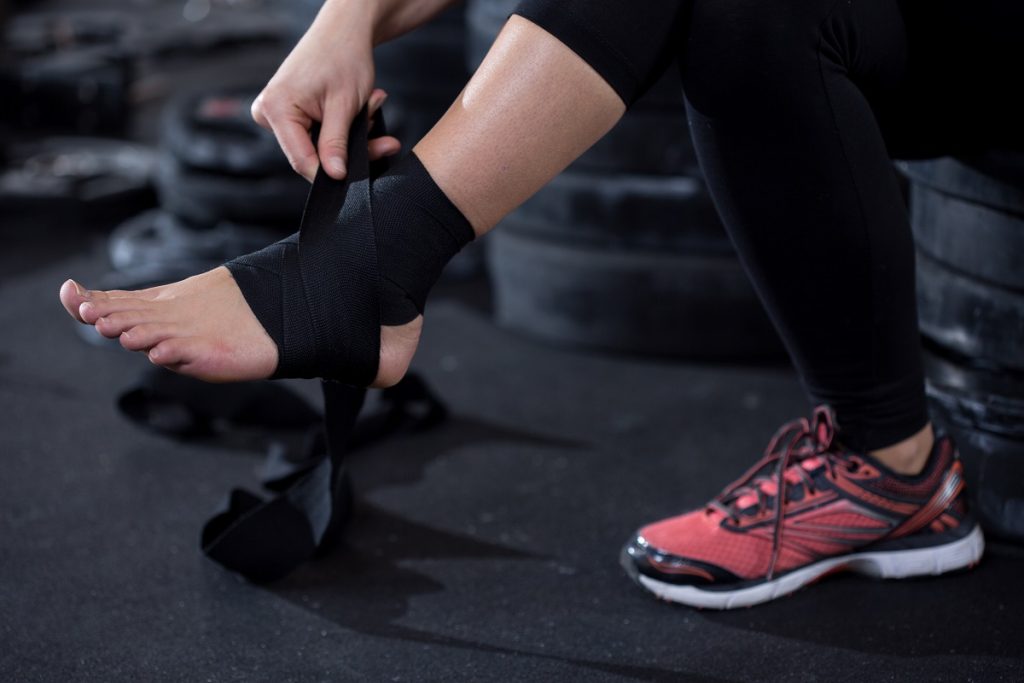- Gyms offer comprehensive physical fitness benefits but may also lead to injuries if not used correctly.
- Common gym injuries include lower back pain, muscle strains, and shin splints, which can disrupt fitness routines.
- Proper form, gradual intensity increase, and adequate rest are vital to preventing and managing gym injuries.
- Consultation with health professionals can help diagnose and treat severe or persistent gym-related injuries.
Exercising within a gym environment offers many benefits, backed by numerous studies. Primarily, gyms provide a variety of equipment that targets different muscle groups, promoting comprehensive physical fitness. A study published in the Journal of Strength and Conditioning Research found that individuals who used weight machines increased their strength by 57% within 12 weeks. Additionally, gyms offer social camaraderie and professional guidance, which can be crucial in maintaining long-term commitment. According to the International Health, Racquet & Sportsclub Association, 50% of all new health club members quit within the first six months of joining, but this number drops to 3% for those who hire a personal trainer.
While gym workouts are ideal for developing strength and endurance, they can also cause aggravation to existing injuries or lead to new ones. Therefore, taking preventative steps before engaging in any exercise routine is essential. Here are a few injuries you must look for and tips to stay safe.
Lower Back Pain

Lower back pain is often underestimated but can seriously impede your fitness journey if left unaddressed. It’s crucial to note any discomfort in this area because intense gym workouts can exacerbate an underlying condition, leading to chronic pain that may require prolonged medical intervention.
Maintaining proper form during exercise is paramount to keep lower back pain in check. Whether lifting weights or doing squats, ensuring your back is in the correct alignment can significantly reduce strain. Incorporating core-strengthening practices into your routine can also be beneficial, as a strong core can better support your lower back. Regular stretches and yoga can improve flexibility and reduce injury by keeping your back muscles limber.
Lastly, if you’re sitting for prolonged periods during the day, take regular breaks to stand, stretch, and move. This can mitigate the risk of lower back pain by countering the tension that builds up from continuous sitting.
Muscle Strains
Muscle strains are another common gym injury that can significantly disrupt your fitness routine. They occur when a muscle is overstretched or torn, often due to fatigue, overuse, or improper usage of gym equipment. Ignoring the signs of a muscle strain, such as pain and discomfort, can result in more severe injuries, including a complete muscle tear, which can take weeks or even months to heal.
Shoulder Strains
Shoulder strains frequently occur in the gym, mainly when performing exercises like overhead or bench presses with improper form. A neglected shoulder strain can lead to severe pain and reduced arm mobility, making daily tasks challenging. Consult a reliable shoulder doctor to help you identify any shoulder injuries and provide adequate treatment.
Leg Strains
Leg strains are prevalent among weightlifters and those who use leg press machines. Neglecting a leg strain can lead to chronic issues, limiting your ability to walk or perform lower-body exercises. Doctors of Physical Therapy (DPT) can help you develop a customized treatment protocol to treat and prevent leg strains.
Arm and Wrist Strains
Improper lifting techniques can result in strains in the arm and wrist. These strains, when ignored, can result in decreased hand coordination and grip strength, seriously hindering your gym performance and daily activities.
Neck Strains
Neck strains are common in gyms, especially when doing high-impact exercises or lifting weights without proper support. Overlooking a neck strain can lead to chronic pain and difficulty moving your head, affecting overall quality of life.
Listening to your body and not pushing through the pain is crucial in all these cases. Rest, proper treatment, and gradually resuming activities are essential to treating muscle strains.
Shin Splints
Shin splints, or medial tibial stress syndrome, are common injuries among gym-goers, particularly those who engage in high-impact activities such as running or jumping. The condition occurs when excessive stress is placed on the shinbone and the connective tissues that attach muscles to the bone. This stress causes inflammation and pain along the front of the lower leg. Factors contributing to shin splints include overuse, inadequate footwear, a sudden increase in training intensity or volume, and exercising on hard surfaces.
To manage and prevent shin splints, consider the following tips:
- Proper Footwear: Invest in good-quality, well-fitting athletic shoes that provide adequate support and cushioning. Consider getting shoes specifically designed for your sport or activity.
- Gradual Intensity Increase: Avoid ramping up your workout intensity or duration too quickly. Instead, follow a gradual progression to allow your muscles and tissues time to adapt to new activity levels.
- Strength Training: Incorporating lower leg strengthening exercises into your routine can help prevent shin splints. Exercises that target the calf muscles can be particularly beneficial.
- Rest and Recovery: Allow your body time to rest and recover, especially following high-impact workouts. Overworking can lead to overuse injuries such as shin splints.
- Professional Consultation: If shin pain persists, consult a healthcare professional or physical therapist. They can provide an accurate diagnosis and propose a treatment plan, including physical therapy or modifications to your workout routine.
Final Thoughts
Exercising at the gym offers numerous physical and mental benefits but carries a certain risk. You can enjoy a safe and successful workout by taking the necessary precautions and listening to your body. With dedication and determination, gym workouts can help you reach your fitness goals quickly!






